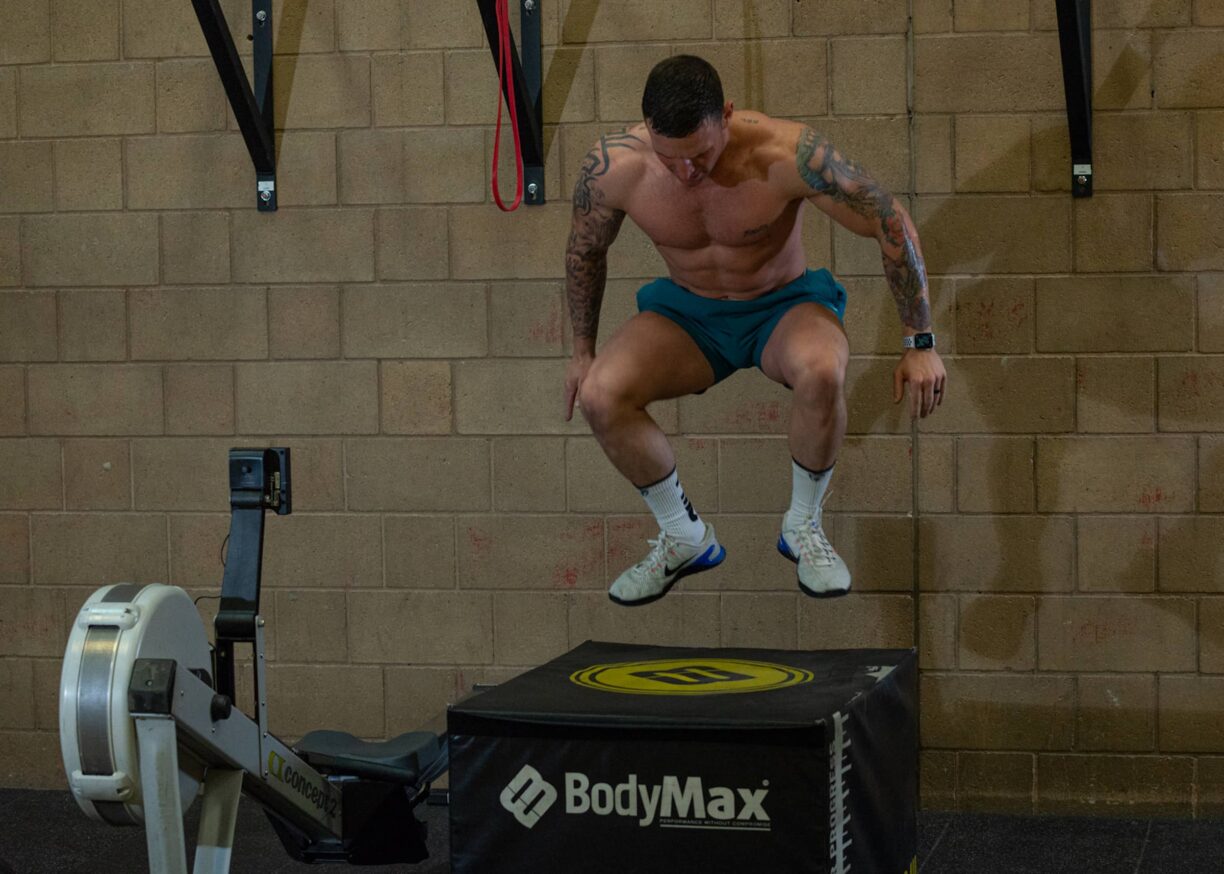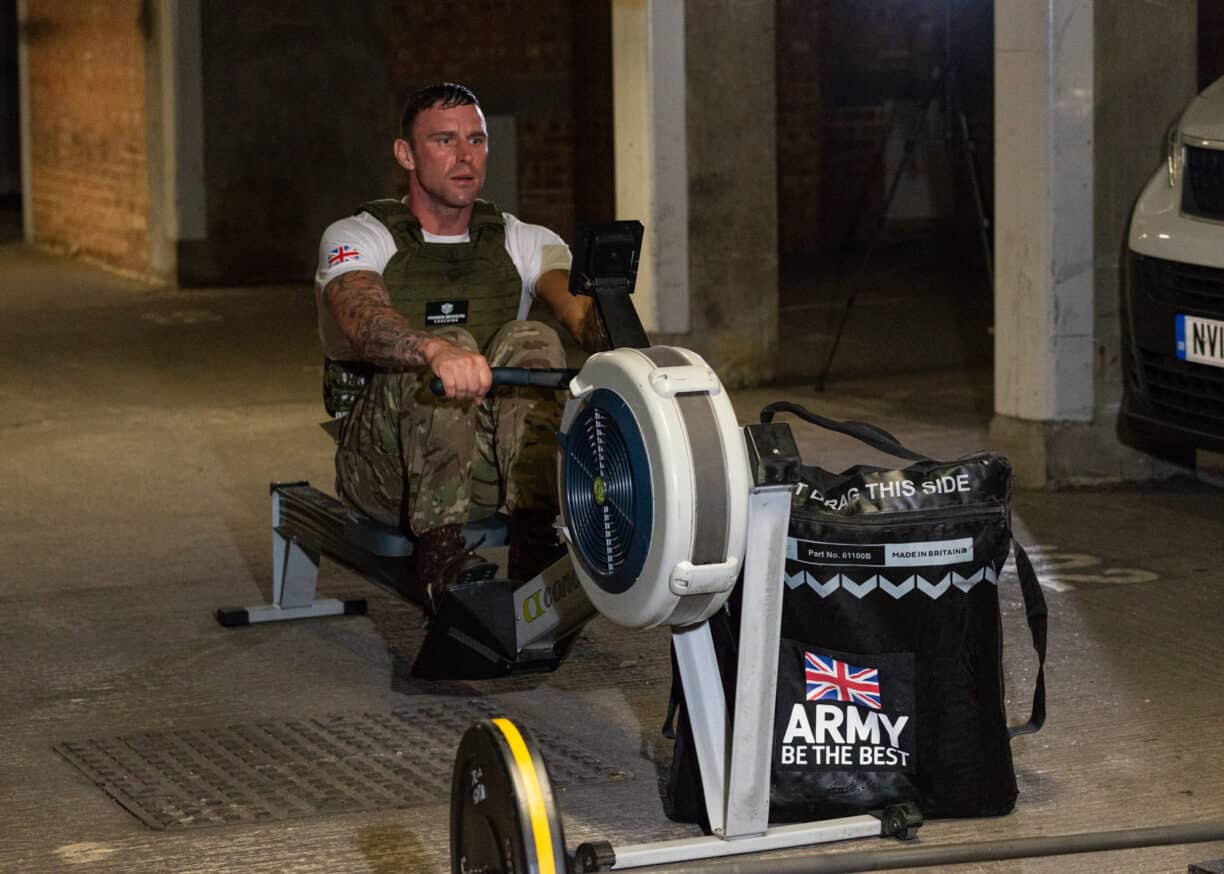Cardio can be an effective solution to leg day workouts depending on the exercises performed and the goal you’re pursuing by conducting the training.
They’re a constructive method for those looking to develop the endurance of their lower body and improve their runs, rucks and speed marches over long distances.
Though traditional leg day and cardio combo workouts are done without weights, incorporating them can accelerate your progress.
The results achieved increase further when high volumes of jumps, crawls, carries, lunges, and squats are involved, challenging the endurance of your legs, and expanding your lung capacity simultaneously.

The plan for the drills will depend on the personal goals you’ve set and aim to achieve by conducting the workouts. For instance, if you want to amplify your power and strength through these workouts, you would include more high-impact exercises that consist of explosive movements and jumps to encourage your body to use full force during your training.
In addition, you could implement low-intensity cardio training workouts in between sets or on rest days if you want to maintain consistent cardio levels during the week by using rowers, treadmills, ellipticals, or bikes.
I’ve included a mix of workouts you could perform to amplify your power, stamina, speed, agility, endurance, and strength.
Start with dynamic stretches such as leg swings and dynamic side lunges to prepare your body for movement, followed by three to five minutes of low-intensity cardio (treadmill, rowing, bike, or elliptical).

Perform ten side lunges, ten jump squats, and five deadlifts or two to three other workouts that target your legs in reps of 4-5. Adding traditional lifts with barbells, kettlebells, sandbags, or even wearing a weighted ruck will apply more pressure on the muscles and optimize your results.
Follow the leg training with 3-5 minutes of light cardio, then transition back to dynamic stretches.
Conduct five barbell squats, ten kettlebell swings, and ten Romanian deadlifts, or alternate them with leg workouts of your own.
Transition to a fast-paced forty-minute ruck while stopping to conduct leg exercises every five minutes, such as five diagonal lunges, ten split squats, and ten step-ups.
They can be performed without the ruck or with the ruck if you’re looking to challenge yourself. Through continuous transitions between rucking and leg exercises, you’ll develop your muscle, strength, cardio, and stamina to strengthen your cardiovascular system and enhance the endurance of your lower body.
By doing so, your legs won’t falter during extended activities and events that may consist of long durations of running or carrying heavy objects.
If you’re an advanced athlete looking to gain the most from this training, you can increase the difficulty with additional weights or change the location of your workouts by conducting them on the sand, on a hill, or outdoors.
The impact of your run may reduce once the location is changed, but the demand placed on your legs would increase, and the high temperatures from being outdoors would require the body to work harder to complete the training.
Those that would prefer an alternative to ruck can replace the exercise with an elliptical machine or a high-level resistant bike.
Regardless of how you choose to conduct the workout, your legs and cardio levels would grow exponentially from this workout.
